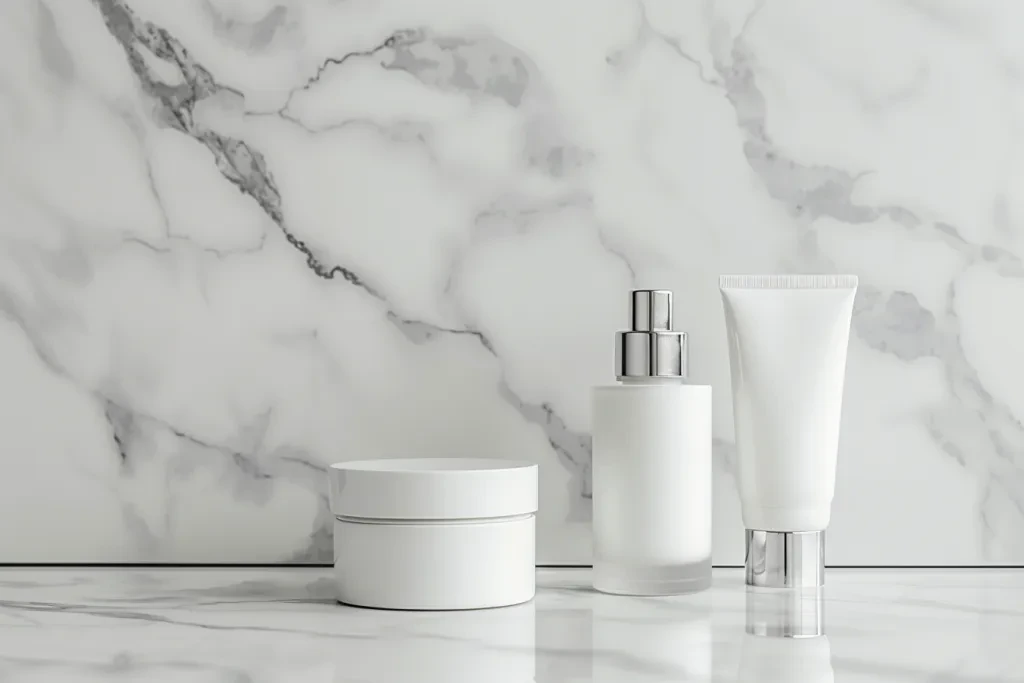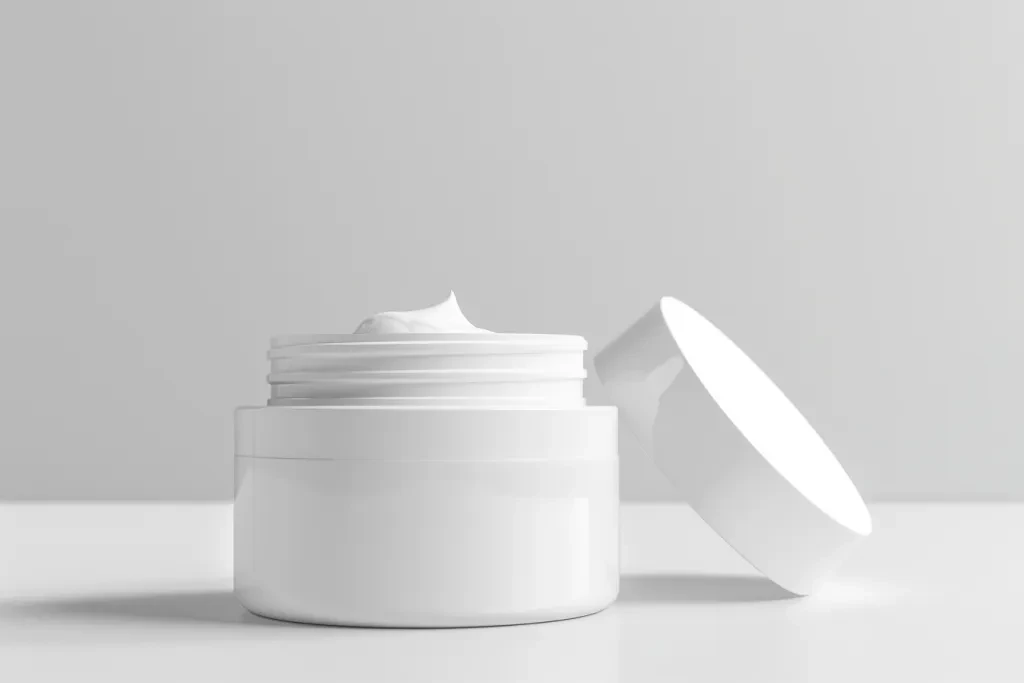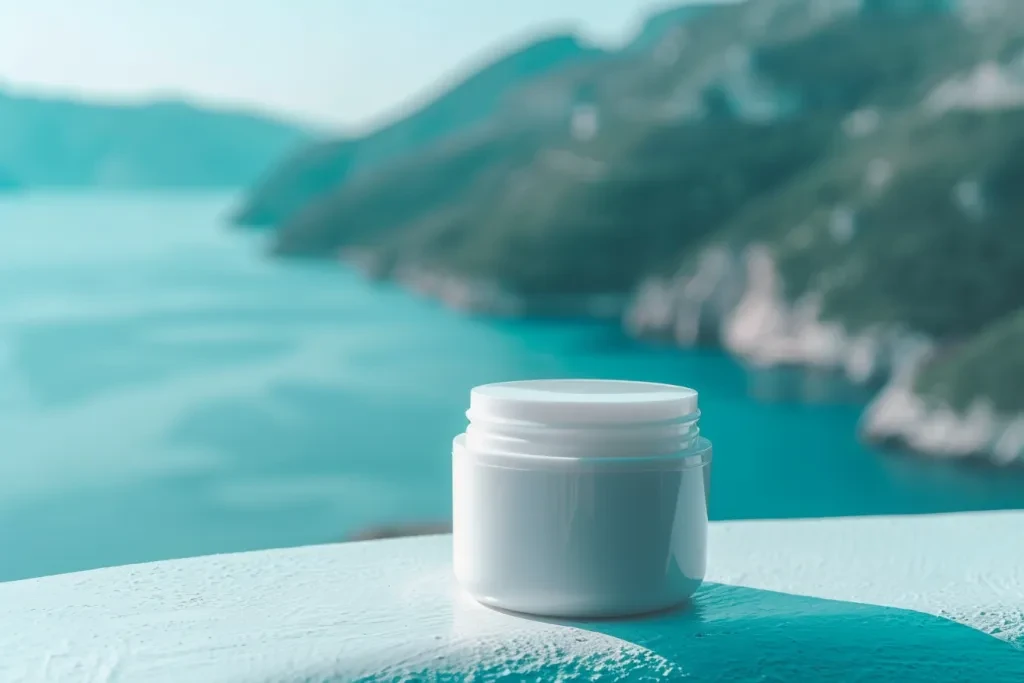As we step into 2025, the demand for lotions specifically formulated for dry skin continues to surge. This trend is driven by increasing consumer awareness about skincare, the rise of e-commerce, and the growing popularity of health and wellness practices. This article delves into the market dynamics, key statistics, and future prospects of the lotion for dry skin segment.
Table of Contents:
Market Overview
The Rise of Specialized Formulations for Dry Skin
Innovations in Lotion Texture and Application
The Role of Scientific Research in Lotion Development
Final Thoughts on the Lotion Market for Dry Skin
Market Overview

Expanding Market Size and Growth Projections
The global market for body lotions, including those for dry skin, has been on a robust growth trajectory. According to a comprehensive report by Research and Markets, the body lotions market was valued at USD 11.32 billion in 2023 and is projected to reach USD 17.24 billion by 2030, growing at a compound annual growth rate (CAGR) of 6.18%. This growth is indicative of the increasing consumer focus on skincare and the rising disposable incomes that allow for greater spending on personal care products.
Key Drivers and Trends
Several factors are propelling the growth of the lotion for dry skin market. One of the primary drivers is the heightened awareness regarding skincare. Consumers are becoming more educated about the importance of maintaining healthy skin, which has led to a surge in demand for specialized products like lotions for dry skin. Additionally, the expansion of e-commerce platforms has made it easier for consumers to access a wide range of skincare products, further boosting market growth.
The trend towards clean beauty products is also playing a significant role. Consumers are increasingly seeking products that are free from harmful chemicals and are made with natural and organic ingredients. This shift is driving manufacturers to innovate and develop lotions that cater to these preferences. For instance, the rise of CBD-infused lotions and multifunctional body lotions that offer both hydration and protection against environmental stressors are gaining popularity.
Regional Insights and Competitive Landscape
The market for lotions for dry skin is witnessing significant growth across various regions. The United States and China are leading the charge, with the U.S. market estimated at USD 25.4 billion in 2023 and China expected to grow at an impressive CAGR of 13.6% to reach USD 45.3 billion by 2030. Other key regions, including Japan, Canada, and Germany, are also experiencing substantial growth, driven by the increasing adoption of skincare routines and the influence of social media on consumer behavior.
The competitive landscape of the lotion for dry skin market is characterized by the presence of several key players who are continuously innovating to capture market share. Companies such as Johnson & Johnson, L’Oréal, Unilever, and Beiersdorf AG are at the forefront, offering a diverse range of products to meet the varying needs of consumers. These companies are investing heavily in research and development to introduce new formulations and improve existing products, ensuring they stay ahead in the competitive market.
In conclusion, the lotion for dry skin market is poised for significant growth in the coming years. With increasing consumer awareness, the rise of e-commerce, and the trend towards clean beauty products, the market is set to expand further. Key players in the industry are continuously innovating to meet the evolving needs of consumers, ensuring that the market remains dynamic and competitive.
The Rise of Specialized Formulations for Dry Skin

In recent years, the lotion market for dry skin has seen a significant shift towards specialized formulations designed to address specific skincare concerns. This trend is driven by the increasing consumer awareness of the importance of maintaining well-hydrated skin to combat dryness, flakiness, and discomfort. The demand for these products stems from the need to keep skin nourished and healthy, particularly in regions with distinct seasonal changes.
Advanced Ingredients for Enhanced Hydration
One of the most notable trends in the lotion market for dry skin is the incorporation of advanced ingredients that offer superior hydration. Ingredients such as hyaluronic acid, glycerin, and ceramides have become staples in many formulations. Hyaluronic acid, known for its ability to hold up to 1,000 times its weight in water, is particularly effective in providing long-lasting moisture. Glycerin, a powerful humectant, attracts water to the skin’s surface, while ceramides help to restore the skin’s natural barrier, preventing moisture loss.
Brands like Neutrogena and CeraVe have capitalized on this trend by developing lotions that combine these ingredients to deliver maximum hydration. Neutrogena’s Hydro Boost Water Gel, for instance, is infused with hyaluronic acid and has gained popularity for its lightweight, non-greasy texture that provides intense hydration. Similarly, CeraVe’s Moisturizing Lotion, which contains ceramides and hyaluronic acid, is designed to replenish the skin’s barrier and retain moisture.
Seasonal Adaptations in Formulations
The need for specialized formulations is particularly evident in regions with distinct seasonal changes, such as Europe. During the cold winter months, the air becomes dry and harsh, leading to increased skin dryness and chapping. In response, many brands have developed richer, more emollient lotions that provide a protective barrier against the elements. These formulations often include ingredients like shea butter, cocoa butter, and oils that offer deep nourishment and protection.
In contrast, lighter lotions are preferred during the hot summer months to avoid a heavy, greasy feel. Brands like La Roche-Posay and Eucerin have introduced lightweight lotions that are easily absorbed and provide hydration without clogging pores. La Roche-Posay’s Lipikar Balm AP+M, for example, is a lightweight lotion that offers long-lasting hydration and is suitable for sensitive skin.
Targeted Solutions for Specific Skin Concerns
Another significant trend in the lotion market for dry skin is the development of targeted solutions for specific skin concerns. This includes products designed for sensitive skin, acne-prone skin, or skin conditions like eczema and psoriasis. European consumers, in particular, value the availability of specialized solutions tailored to their individual needs.
Brands like Aveeno and Eucerin have developed lotions specifically formulated for sensitive and eczema-prone skin. Aveeno’s Eczema Therapy Daily Moisturizing Cream, for instance, contains colloidal oatmeal, which is known for its soothing and anti-inflammatory properties. Eucerin’s Advanced Repair Lotion, on the other hand, is designed to provide immediate relief for dry, rough skin and is enriched with ceramides and natural moisturizing factors.
Innovations in Lotion Texture and Application

The texture and application of lotions for dry skin have also seen significant innovations, catering to consumer preferences for products that are both effective and pleasant to use. These innovations are aimed at enhancing the overall user experience, making it easier for consumers to incorporate these products into their daily skincare routines.
Lightweight and Fast-Absorbing Formulations
One of the key innovations in the lotion market is the development of lightweight and fast-absorbing formulations. Consumers are increasingly looking for lotions that provide intense hydration without leaving a greasy residue. This has led to the rise of gel-based lotions and water-based formulations that offer a refreshing and non-sticky feel.
Brands like Clinique and Vichy have introduced gel-based lotions that are quickly absorbed into the skin, providing hydration without the heaviness of traditional creams. Clinique’s Dramatically Different Hydrating Jelly, for example, is a water-jelly formula that delivers 24-hour hydration and is suitable for all skin types. Vichy’s Aqualia Thermal Gel Cream, on the other hand, combines the benefits of a gel and a cream, offering long-lasting hydration with a lightweight texture.
Multi-Functional Lotions
Another trend in the lotion market is the development of multi-functional products that offer additional benefits beyond hydration. These lotions often include ingredients that address other skincare concerns, such as anti-aging, sun protection, and skin brightening. This trend is particularly popular among consumers who prefer a simplified skincare routine with fewer products.
Brands like Olay and Nivea have capitalized on this trend by introducing multi-functional lotions that combine hydration with other skincare benefits. Olay’s Total Effects 7-in-1 Anti-Aging Moisturizer, for instance, provides hydration while also addressing signs of aging, such as fine lines and wrinkles. Nivea’s Q10 Plus Firming Body Lotion, on the other hand, combines hydration with skin firming benefits, thanks to the inclusion of coenzyme Q10 and creatine.
Innovative Packaging for Convenience
Innovative packaging has also played a significant role in the lotion market, making it more convenient for consumers to use these products. Pump dispensers, squeeze tubes, and travel-friendly sizes are some of the packaging innovations that have gained popularity. These packaging solutions not only make it easier to dispense the product but also help to maintain the lotion’s hygiene and efficacy.
Brands like Aveeno and Cetaphil have introduced lotions with pump dispensers that allow for easy and mess-free application. Aveeno’s Daily Moisturizing Lotion, for example, comes in a pump bottle that makes it convenient to use, especially for those with busy lifestyles. Cetaphil’s Moisturizing Lotion is available in both pump and squeeze tube formats, catering to different consumer preferences.
The Role of Scientific Research in Lotion Development

Scientific research and technological advancements have played a crucial role in the development of lotions for dry skin. These innovations have led to the creation of more effective and targeted formulations that address specific skin concerns and provide long-lasting hydration.
Breakthrough Ingredients and Technologies
One of the most significant contributions of scientific research to the lotion market is the discovery and incorporation of breakthrough ingredients and technologies. Ingredients like peptides, niacinamide, and probiotics have been shown to offer various skin benefits, from improving hydration to enhancing skin barrier function.
Brands like Estée Lauder and Lancôme have leveraged these scientific advancements to develop high-performance lotions. Estée Lauder’s Advanced Night Repair Intense Reset Concentrate, for instance, contains a blend of peptides and hyaluronic acid to provide intense hydration and repair the skin barrier. Lancôme’s Advanced Génifique Youth Activating Serum, on the other hand, is formulated with probiotics to strengthen the skin’s natural defenses and improve its overall health.
Clinical Testing and Efficacy
The efficacy of lotions for dry skin is often backed by clinical testing and research, providing consumers with confidence in the product’s performance. Brands invest in rigorous testing to ensure that their formulations deliver the promised benefits and are safe for use on different skin types.
Brands like La Mer and Kiehl’s have built their reputation on the efficacy of their products, supported by scientific research and clinical testing. La Mer’s Crème de la Mer, for example, is known for its transformative effects on dry skin, thanks to its proprietary Miracle Broth™. Kiehl’s Ultra Facial Cream, on the other hand, has been clinically tested to provide 24-hour hydration and improve the skin’s moisture barrier.
Personalized Skincare Solutions
The trend towards personalized skincare solutions has also been influenced by scientific research. Advances in skin analysis technology and the understanding of individual skin needs have led to the development of customized lotions that cater to specific skin concerns.
Brands like Clinique and SkinCeuticals offer personalized skincare solutions based on individual skin assessments. Clinique’s iD Custom-Blend Hydrator, for instance, allows consumers to choose a base lotion and add an active cartridge that addresses their specific skin concern, such as uneven skin tone or fatigue. SkinCeuticals’ Custom D.O.S.E. service, on the other hand, creates personalized serums based on a professional skin assessment, ensuring that each product is tailored to the individual’s unique skin needs.
Final Thoughts on the Lotion Market for Dry Skin
The lotion market for dry skin continues to evolve, driven by consumer demand for specialized formulations, innovative textures, and scientifically-backed ingredients. Brands are increasingly focusing on developing products that provide effective hydration while addressing specific skin concerns, making it easier for consumers to maintain healthy, well-hydrated skin. As scientific research and technological advancements continue to shape the industry, the future of the lotion market for dry skin looks promising, with more targeted and effective solutions on the horizon.





 বাংলা
বাংলা Nederlands
Nederlands English
English Français
Français Deutsch
Deutsch हिन्दी
हिन्दी Bahasa Indonesia
Bahasa Indonesia Italiano
Italiano 日本語
日本語 한국어
한국어 Bahasa Melayu
Bahasa Melayu മലയാളം
മലയാളം پښتو
پښتو فارسی
فارسی Polski
Polski Português
Português Русский
Русский Español
Español Kiswahili
Kiswahili ไทย
ไทย Türkçe
Türkçe اردو
اردو Tiếng Việt
Tiếng Việt isiXhosa
isiXhosa Zulu
Zulu